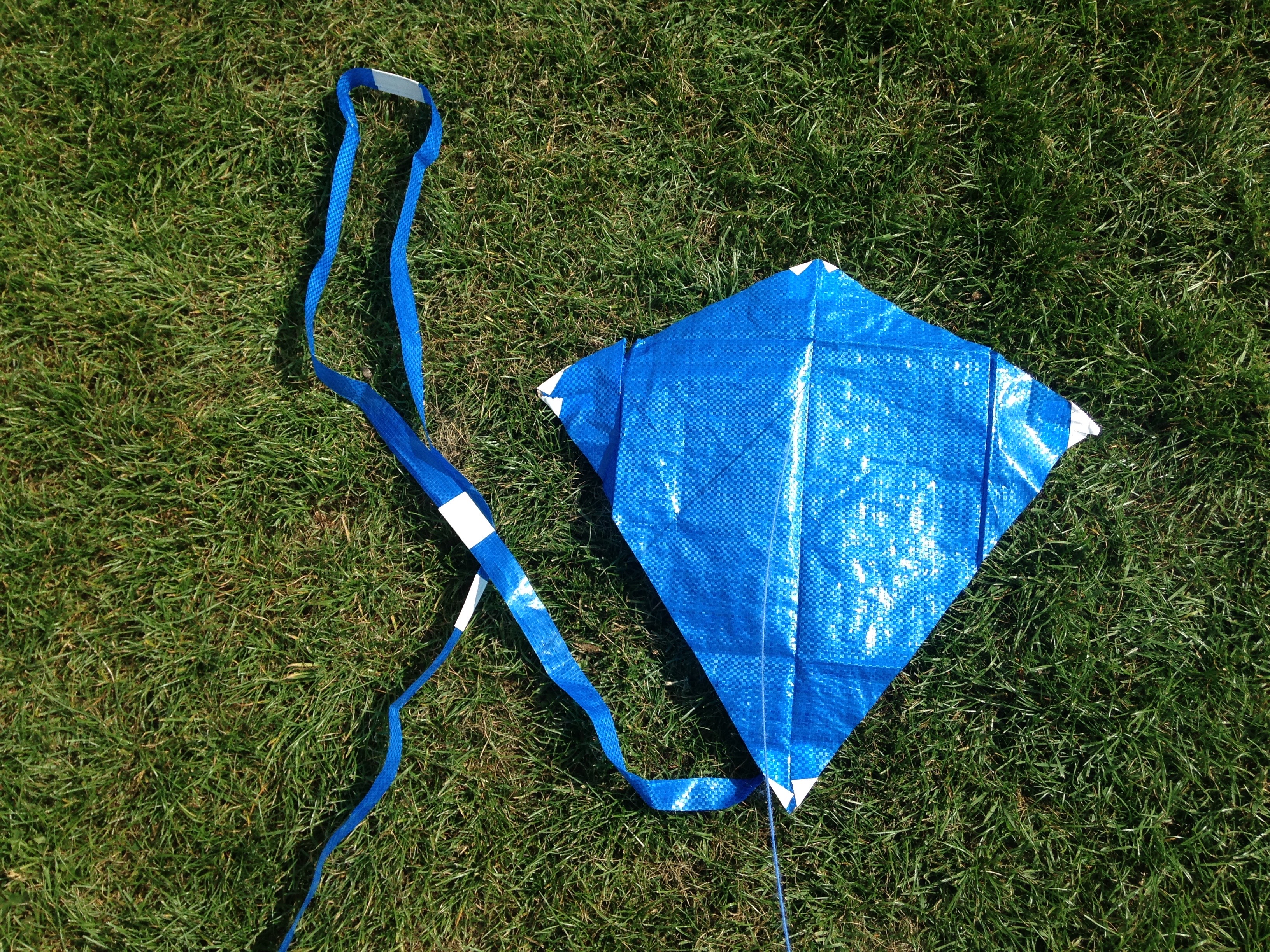

Creativity through the vast array of kite colours, shapes, sizes, and designs.Essential life lessons such as patience and responsibility.Knowledge about airflow, wind speed and wind patterns.Fine motor skills, problem-solving abilities, and spatial reasoning when building.Children’s motor skills and hand-eye coordination as they manoeuvre the kite through the air.Physical strength and coordination as children observe their kites ascending and dipping.Kiting experiences promote many aspects found in our children’s learning program: It allows them to experience the wonders of nature outdoors and provides hours of entertainment. Kite flying is a beloved outdoor activity that benefits children in many ways. You can learn more about bridles at the American Kitefliers Association. A bridle is an arrangement of strings between the kite and the flying line. Create a bridle and attach it to your kite.Connect your kite tail at the bottom of your kite.Attach your spine and cross spar to the bottom side of your kite sail.Decorate your kite sail (keep them light!).(You could use a pencil, Texta or chalk to draw the body.) Draw your diamond shape on your chosen repurposed material.Delta and Diamond kites make ideal kites for children as single-string kites are the easiest to fly. You can learn more about larger kites and their aerodynamics at NASA. Other kinds of kites include the delta (or triangular), box-great in light wind, winged box and sled.

We selected a traditional kite design (above), often referred to as a diamond kite. They make a beautiful conversation starter in art and science experiences and for a maths geometry lesson on quadrilaterals. Kites are amazing projects for children of all ages. Ultimately, you can make an incredible working kite out of recycled and natural resources through creativity and resourcefulness! Steps to make a diamond-shaped kite Inspire children’s creativity by making colourful kites with patterns on their favourite flyer materials with paints or markers to make it look awesome in the sky. Kite tails can also help with windy conditions. To make your kite strong enough to withstand windy conditions, try reinforcing the sails by adding an extra layer of plastic or another sheet of material. Paper drinking straws or straight thin twigs may also be suitable for the spine or cross spars under the sails.

Twine (homemade or bought) or a cotton spindle.Other materials and tools that you may need for your children’s kite include: Which material will make your children’s kite soar the highest in the sky?īe sure to select resources that are lightweight but will be able to stay in the air when they reach lift-off this ensures that the kite flies high and is easy to manoeuvre. Used clothing (rip-stop nylon is an ideal fabric as it is light and sturdy)Įach material will give your unique homemade kite its own characteristic style–from bright colours to wispy fabric tails! With these repurposed and natural materials available around the house or local recycle centre, you can make one kite or several to take kiting and test in the sky.Paper kites are popular, but you can also recycle materials such as: When selecting what materials to make up the kite sails, it is wise to use light and strong repurposed materials. Making a kite is a fun and creative activity for people of all ages. Making a kite out of repurposed materials
#Diy kite delta how to#
How to safely take children kite flying.The benefits of kite flying for children.Making a kite out of repurposed materials.Whether they want their projects shaped like butterflies or dinosaurs-the sky’s the limit when making your one-of-a-kind masterpiece! Keep reading to learn more about creating special memories with this family bonding project. Finally, jump right into crafting and bring that vision to life! Then, brainstorm ideas on the types of repurposed materials you could try.Īfter you have gathered all the supplies, share ideas on how you and your child can develop different kite designs or concepts for their homemade kite. Here’s how to get started: Turn the project into a science (STEM) experiment to encourage their creativity and curiosity. Crafting a kite at home can provide endless hours of entertainment and spark a love of learning in little ones. Looking for a fun, easy activity to do with your child? Make a kite together! The design possibilities are limitless.


 0 kommentar(er)
0 kommentar(er)
